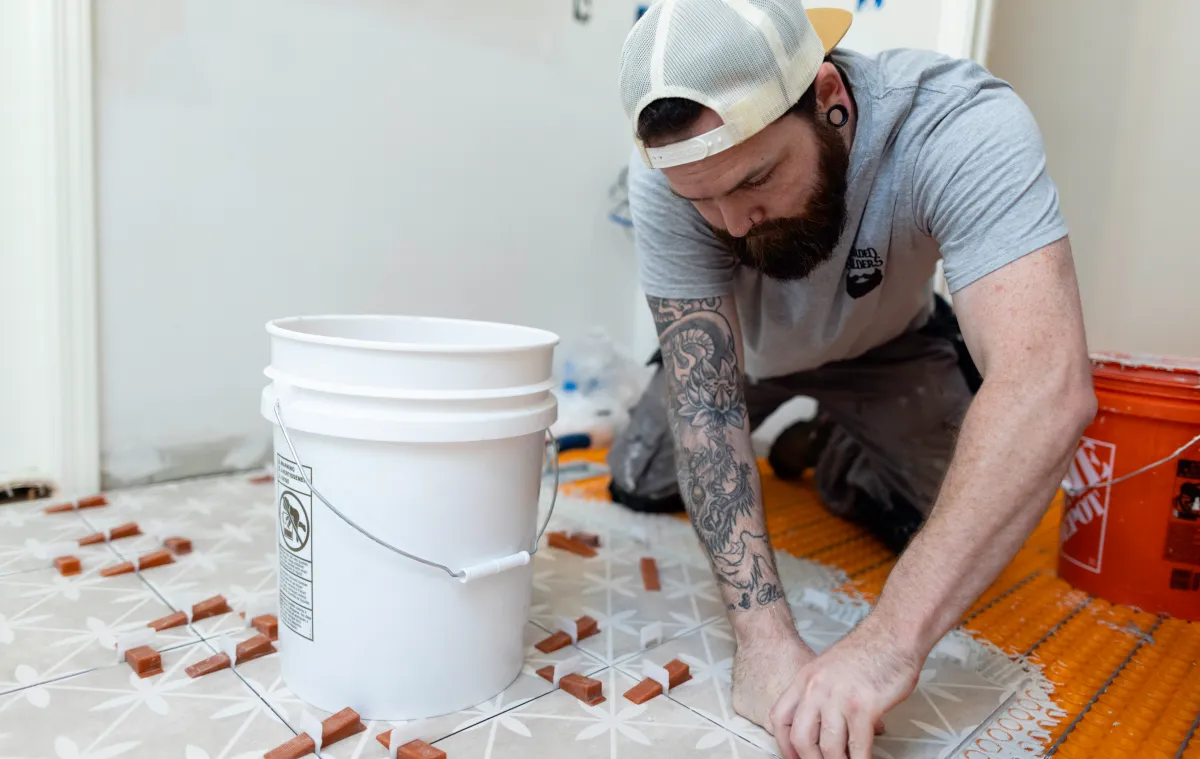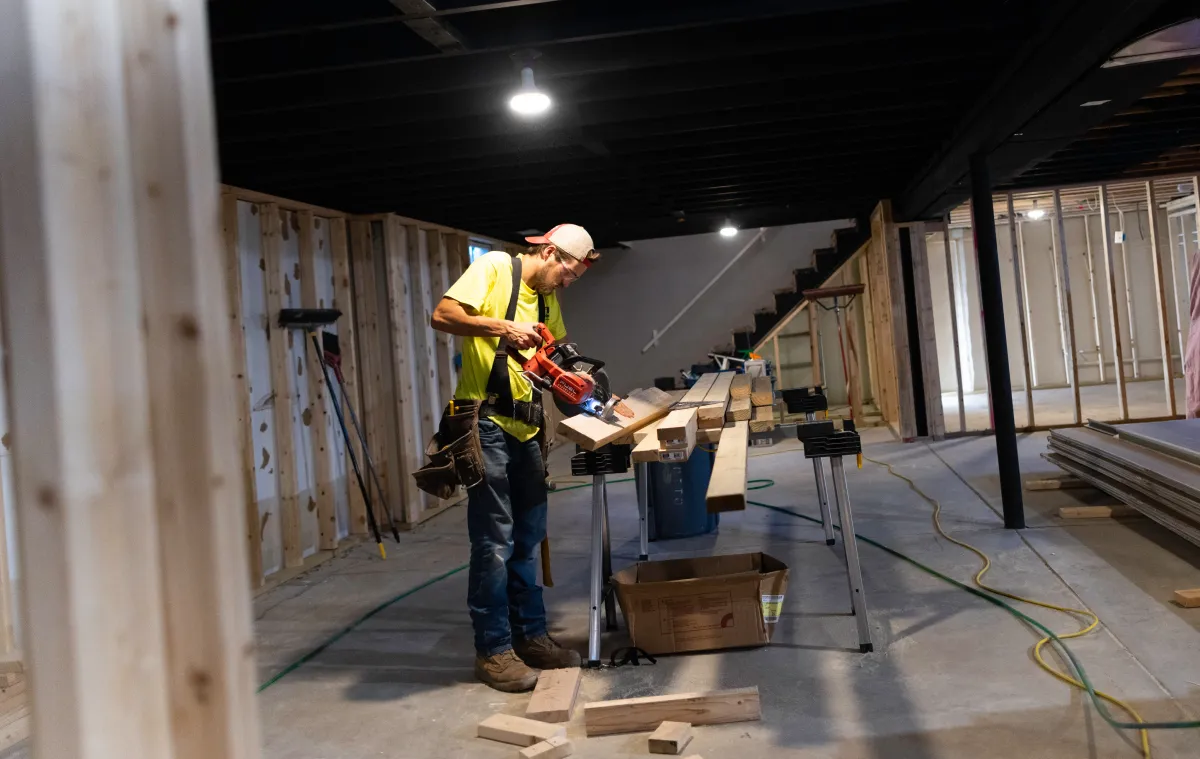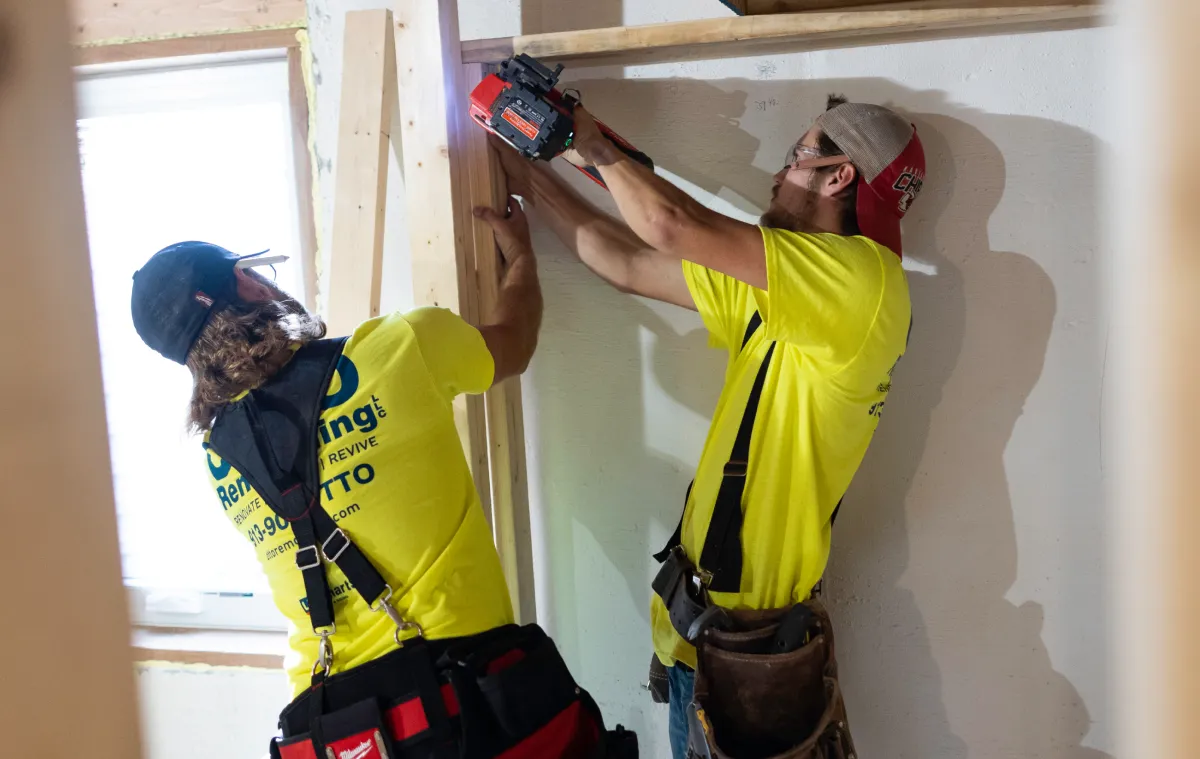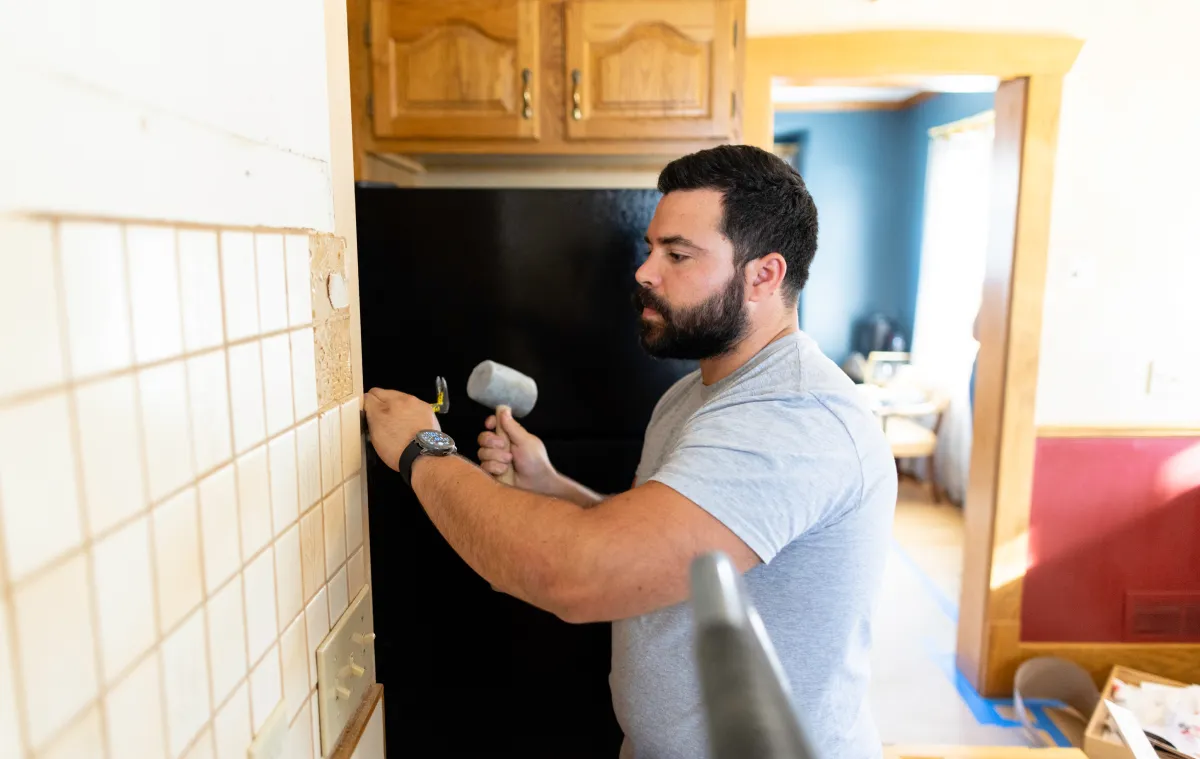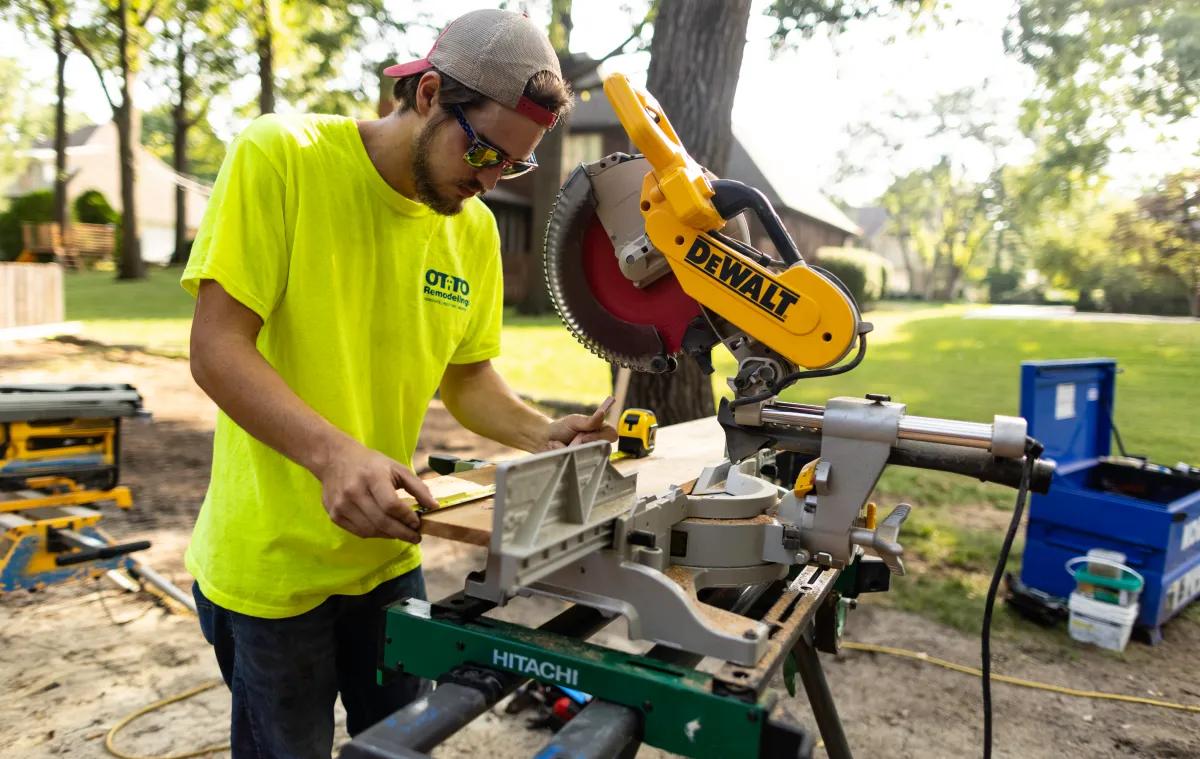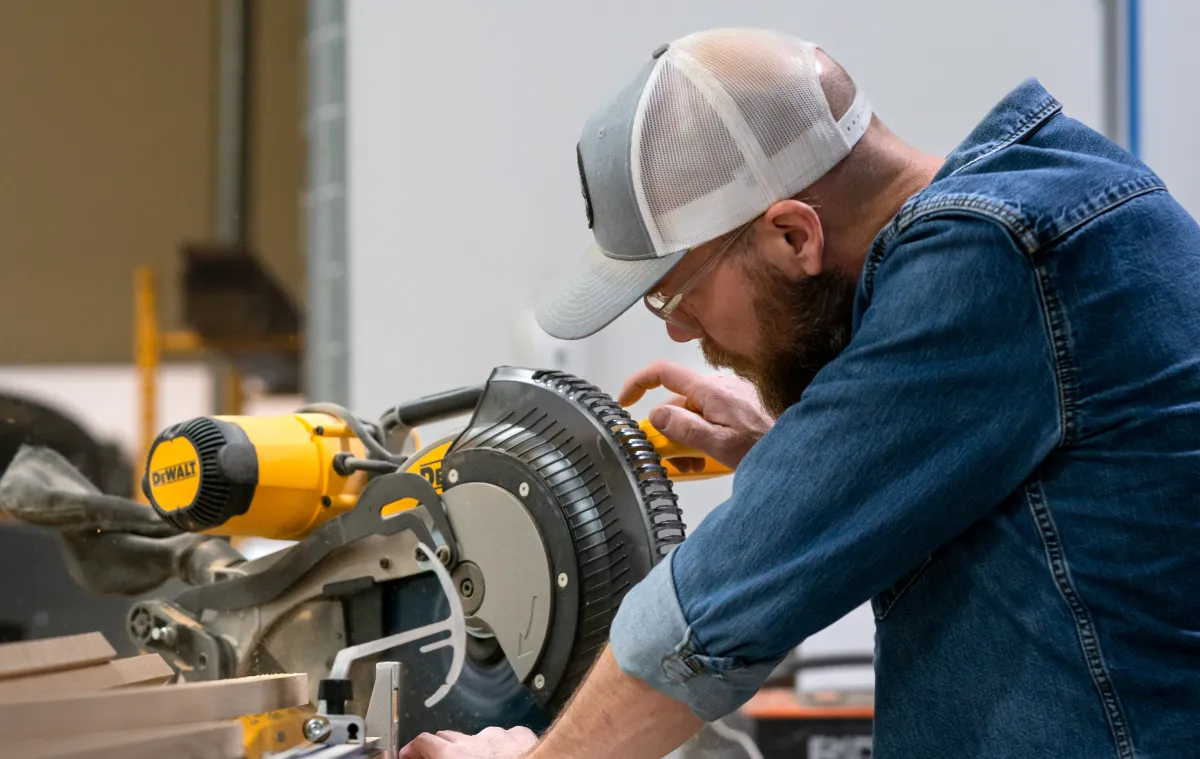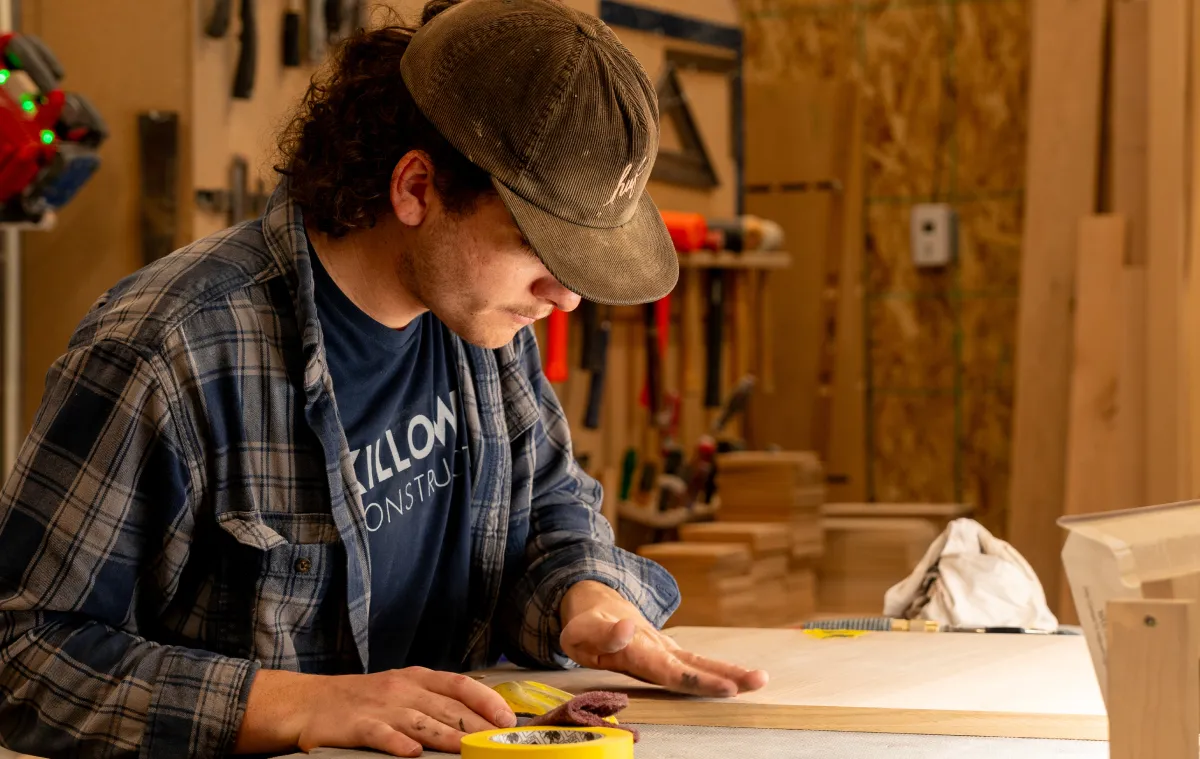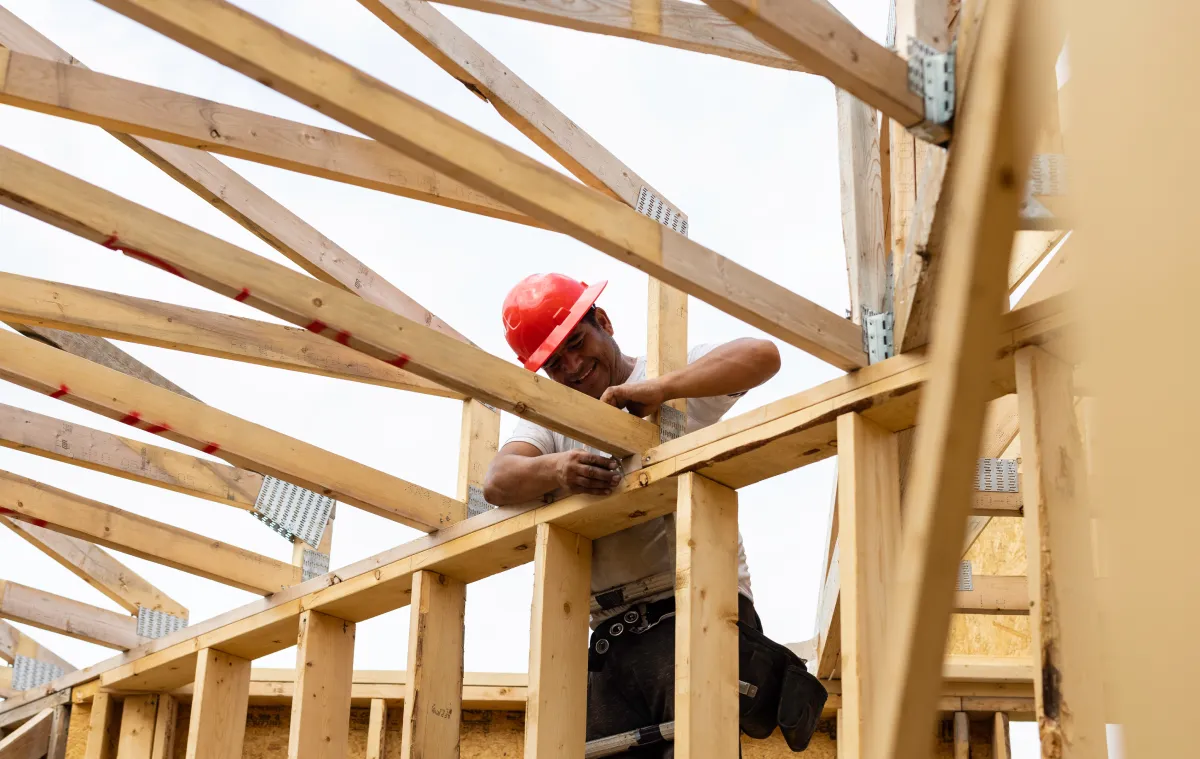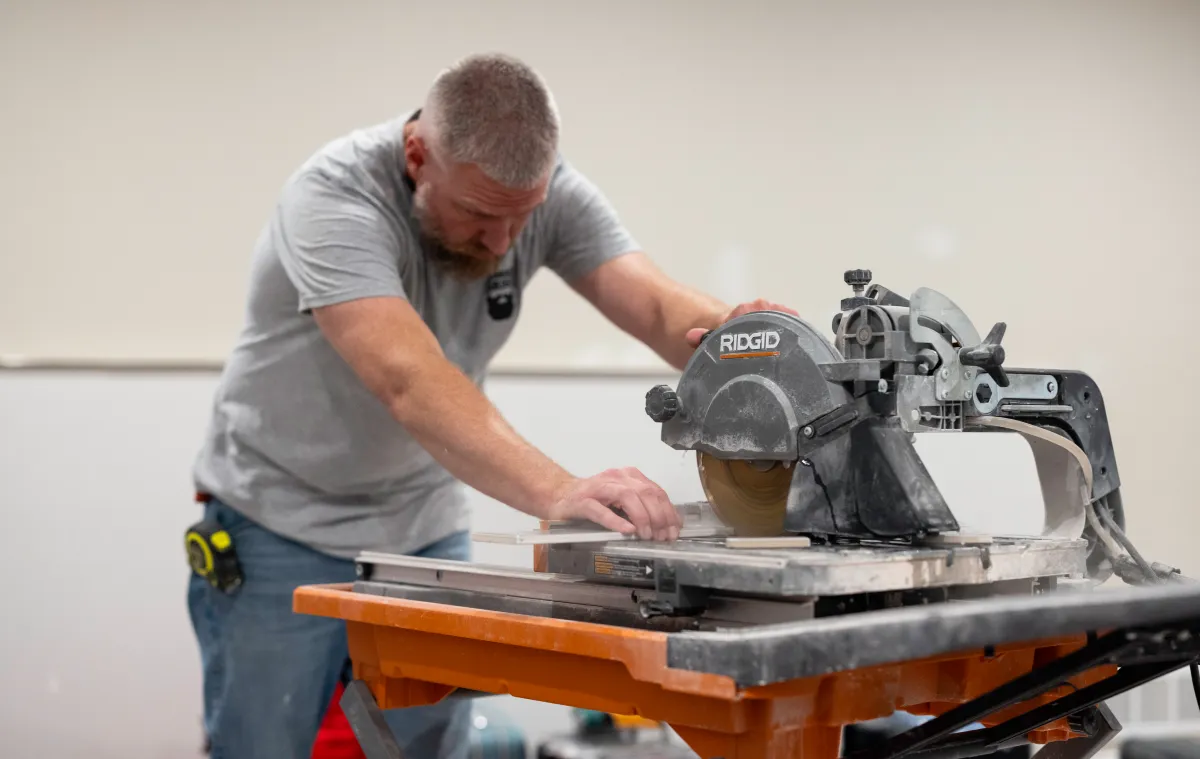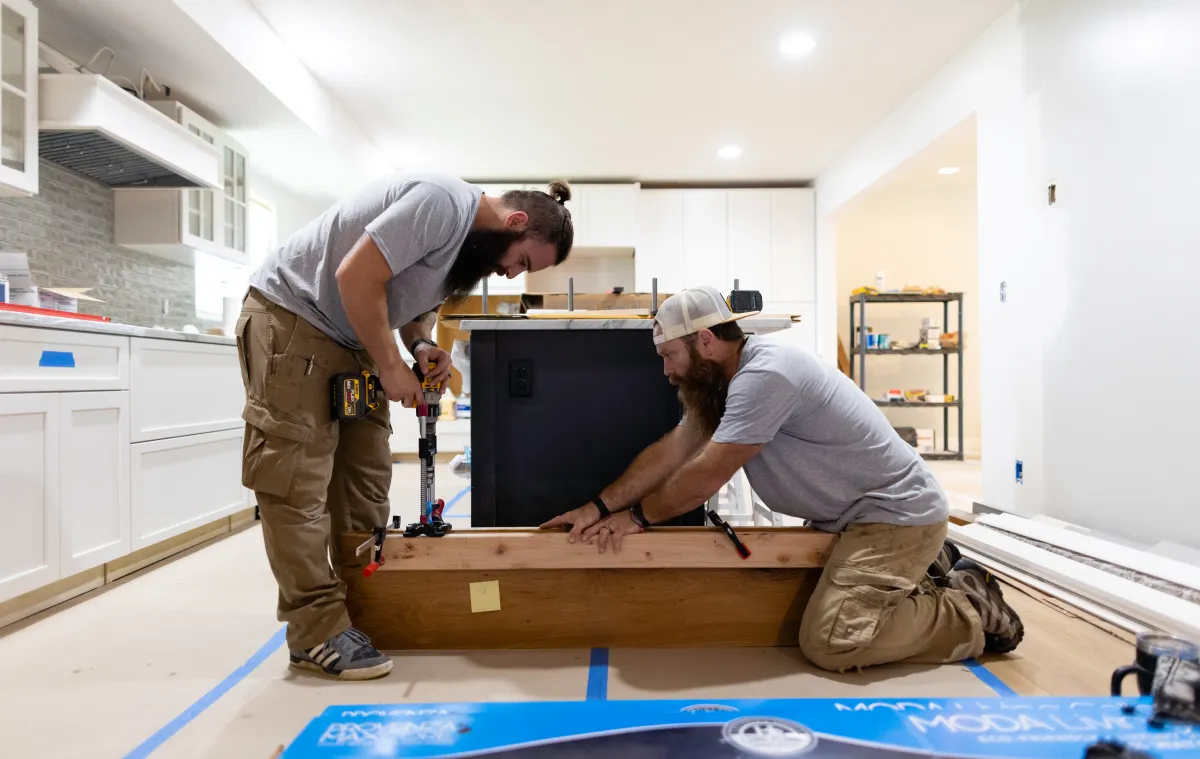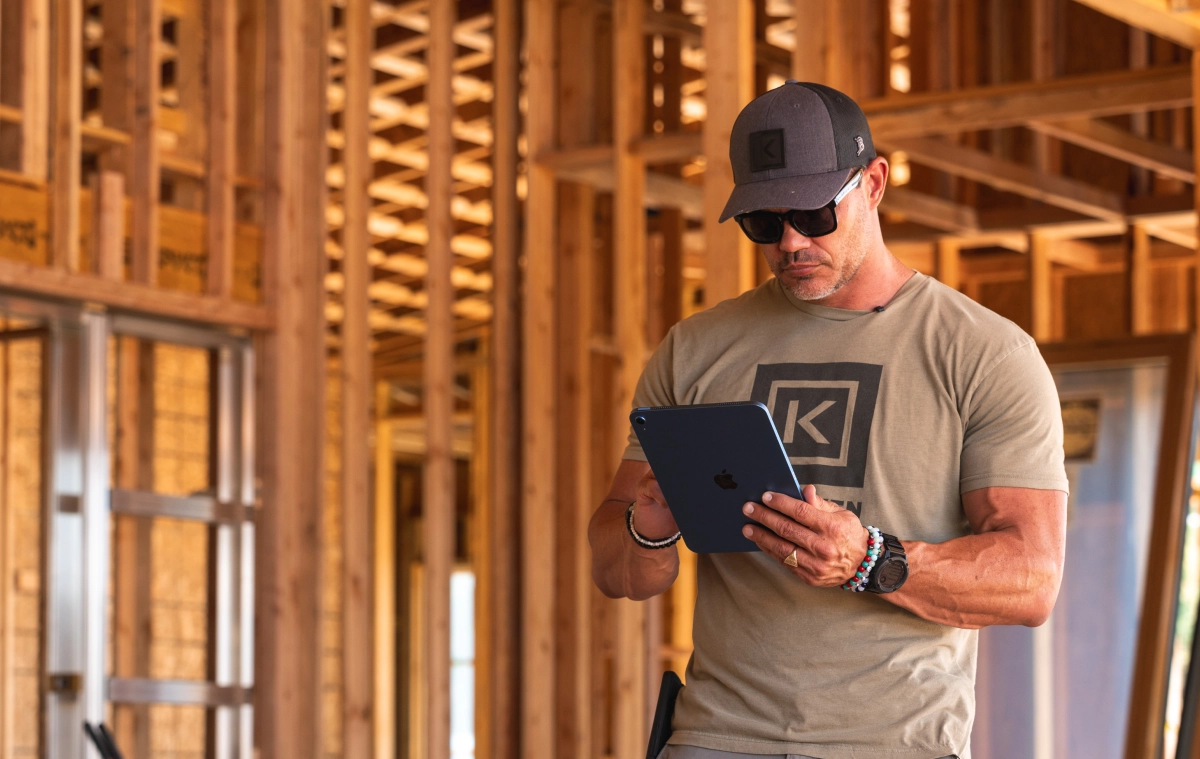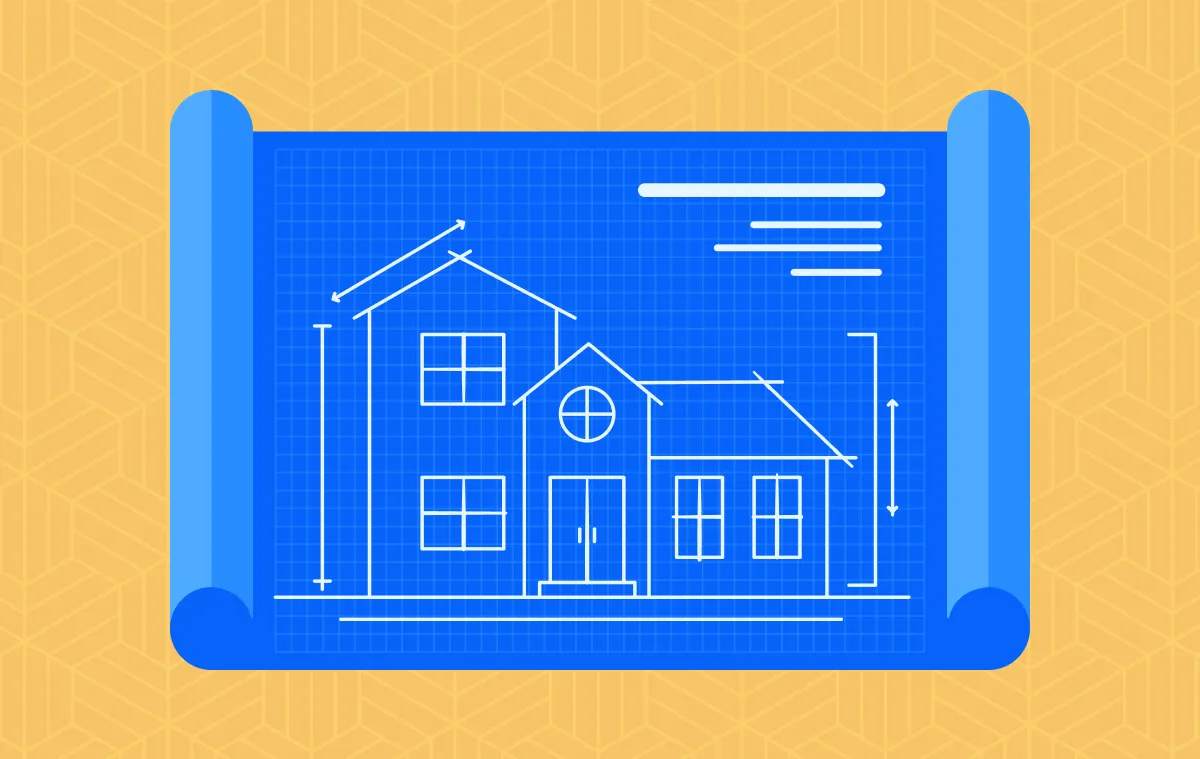When you’re managing kitchen remodels, bathroom upgrades or home additions, every estimate counts. These smaller projects may seem simple on the surface, but they often come with razor-thin margins, client changes and tight timelines. One wrong number – or an unclear scope – can quickly cut into your profit.
That’s where remodeling estimating software makes a difference. With the right tools, remodelers can quote jobs faster, reduce errors and stay on top of changes without losing control of costs.
The hidden challenges of remodeling estimates
Remodeling jobs move fast – but estimates often don’t.
If you’re still relying on spreadsheets or manual takeoffs, you’ve probably run into delays, pricing guesswork or missed items. Small projects are especially vulnerable to scope creep and change orders, which can throw off your budget and timeline if you’re not prepared.
Many remodelers also find it hard to manage multiple small jobs at once. Without a streamlined estimating process, staying profitable while juggling clients, vendors and crews becomes a daily challenge.
Why estimating software boosts profit on small projects
The best remodeling estimating software gives you speed, accuracy and control – three things every remodeler needs to protect profits. It turns a task that used to take hours into something you can finish in minutes, while giving you confidence your numbers are right.
Key benefits include:
- Faster estimates for common remodel types like kitchens and bathrooms
- Accurate labor and material costs built into your templates
- Clear, itemized estimates that reduce misunderstandings with clients
- Version tracking so you can manage revisions and change orders without confusion
- Time savings that allow you to take on more jobs without burning out
By automating repetitive parts of your workflow, you spend less time estimating and more time building.
What to look for in remodeling estimating software
Not all estimating tools are made with remodelers in mind. You need software that handles smaller, detail-heavy jobs with flexibility and speed. Look for tools that offer:
- Pre-built templates for common remodel projects
- Editable cost databases so you can stay current with local pricing
- Visual takeoff tools that connect your plans to real-world quantities
- Line-item breakdowns to help clients clearly understand your proposal
- Cloud-based access so you can update or review estimates from anywhere
When you’re moving from one job site to the next, having the right features at your fingertips keeps your business running smoothly.
Why remodelers choose Square Takeoff
Square Takeoff is built to support remodelers who want to work smarter – not harder. Unlike generic estimating tools, it combines simple digital takeoff with remodeling-specific estimating features that make bidding faster and more consistent.
With Square Takeoff, remodelers can create professional estimates in less time, reduce back-and-forth with clients and track every version of a bid when project scopes shift. It’s a scalable tool that works for a solo remodeler or a growing team. And best of all – it’s affordable, easy to learn and built to support the way remodelers actually work.
Take control of your profit margins
If you’re still estimating manually or using outdated tools, it’s time to rethink your process. The right remodeling estimating software helps you reduce errors, avoid lost time and keep more profit on every job – whether it’s a small bath or a full addition.
Start your 14-day free trial of Square Takeoff today and see how easy it is to estimate faster and smarter.
